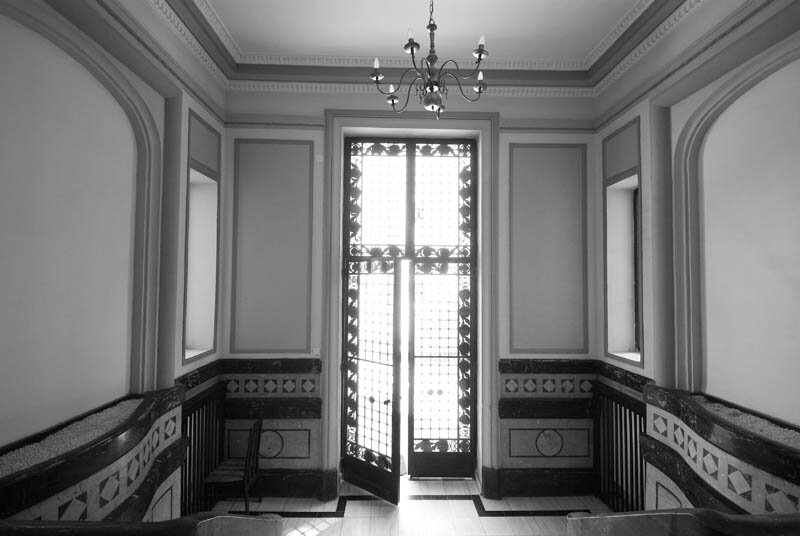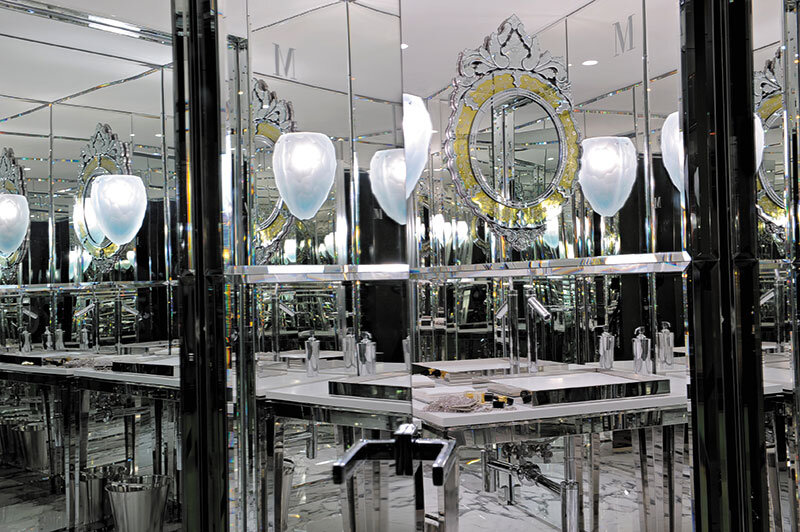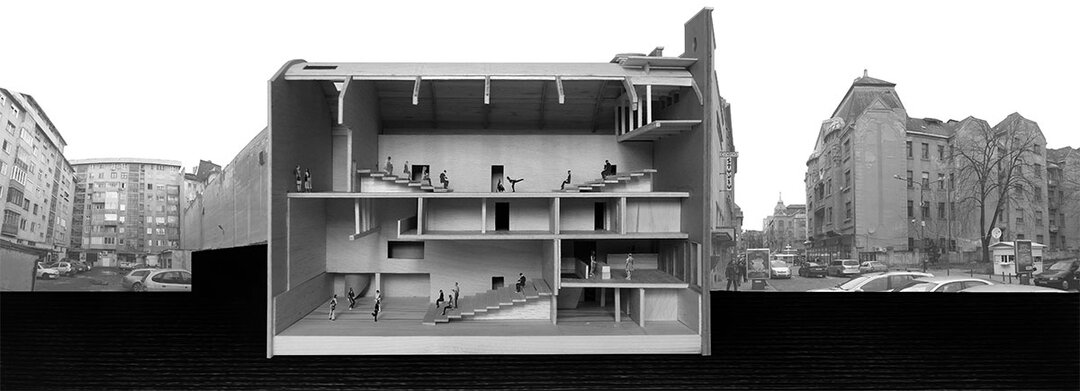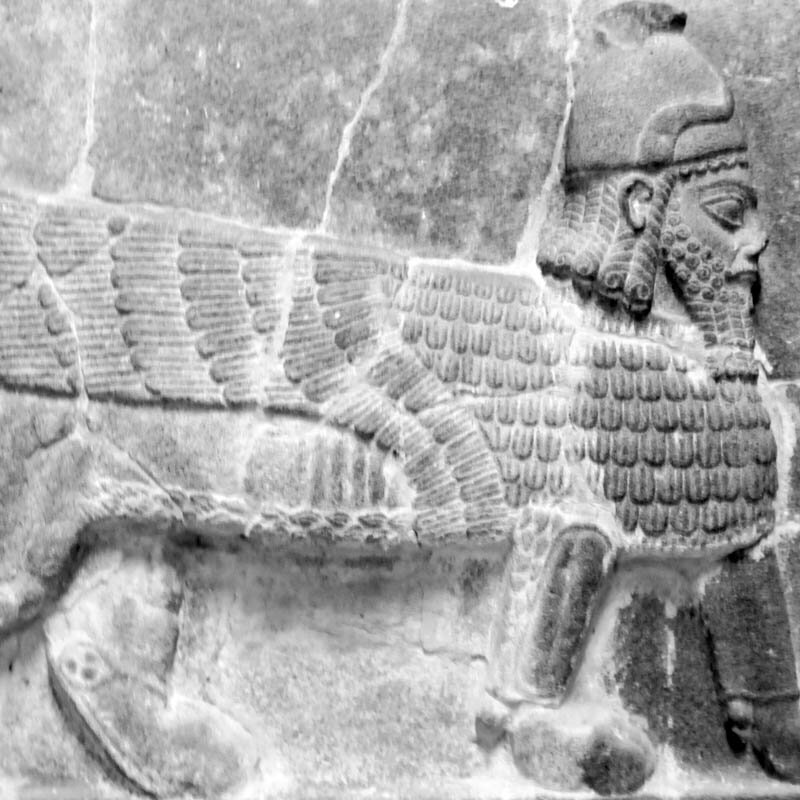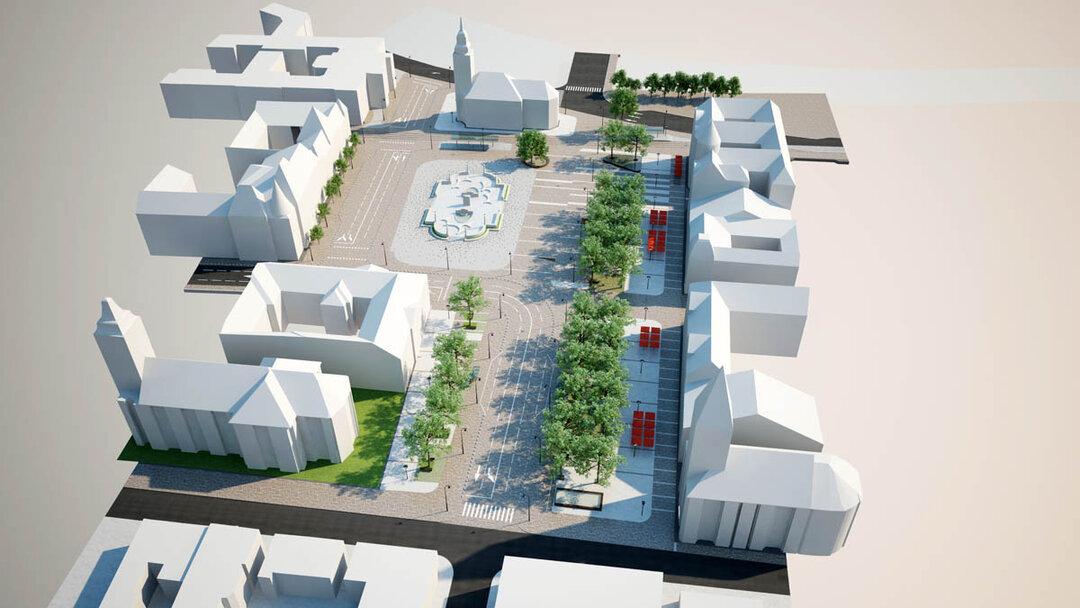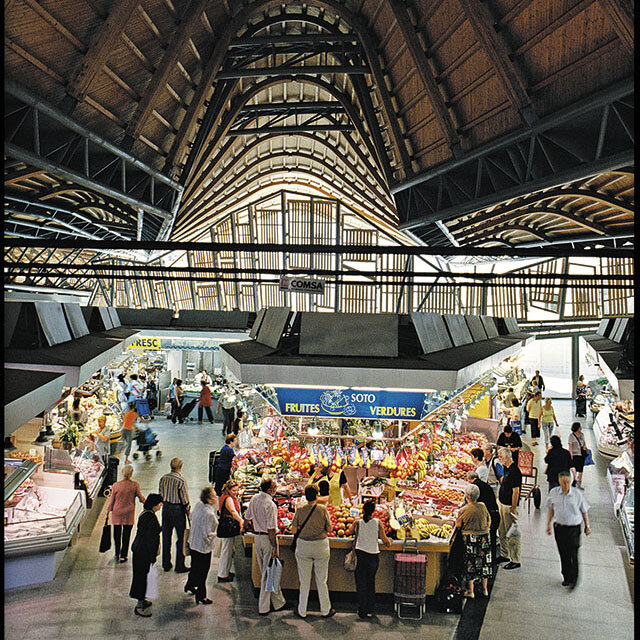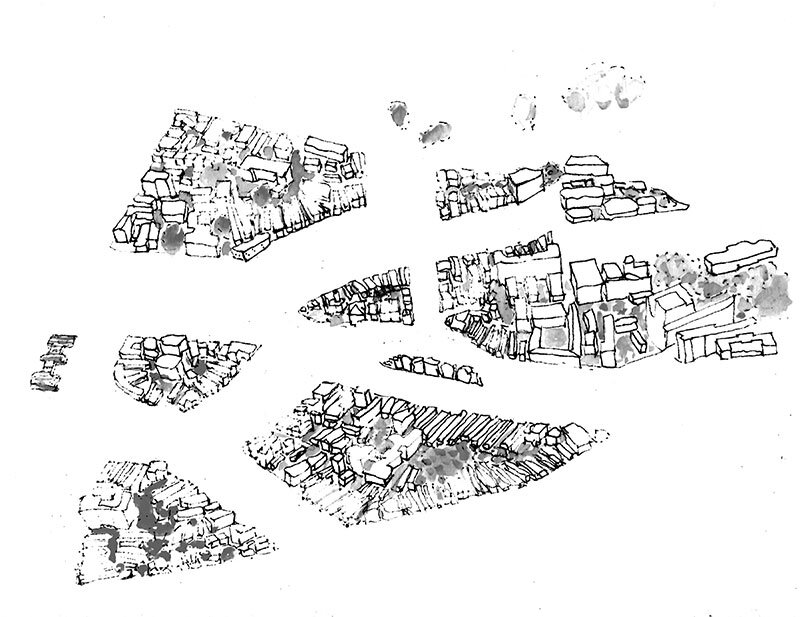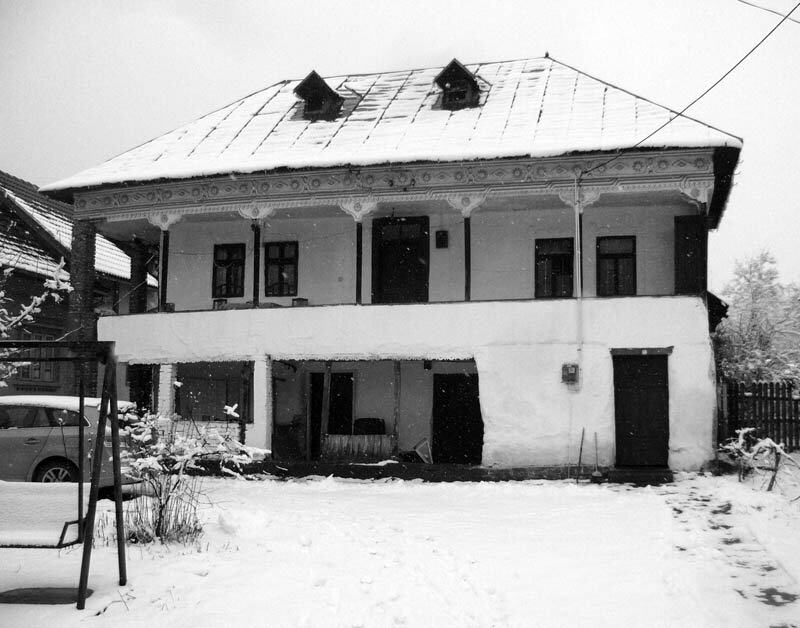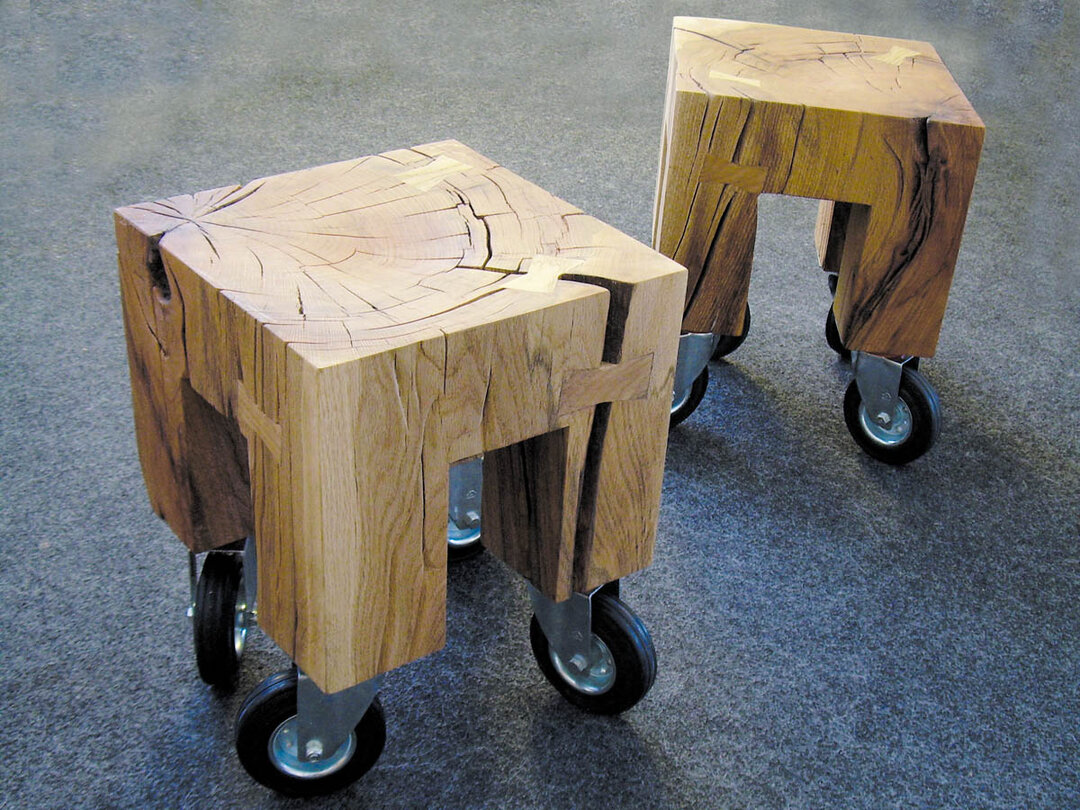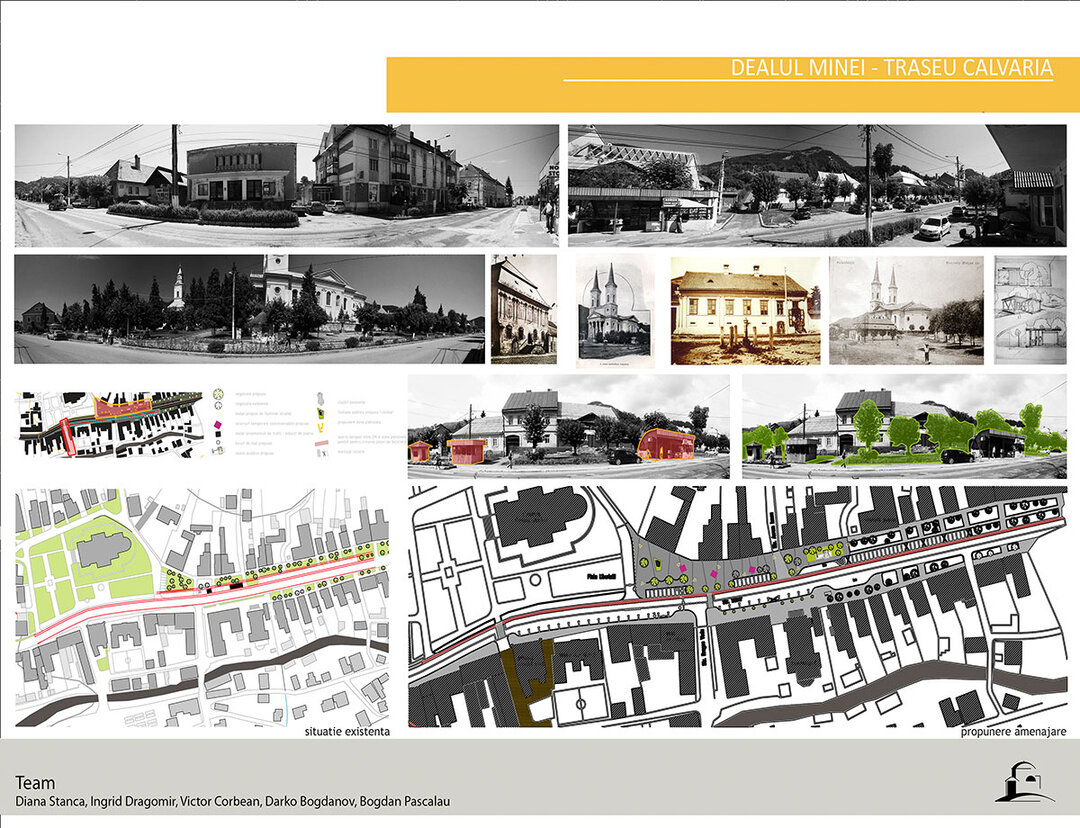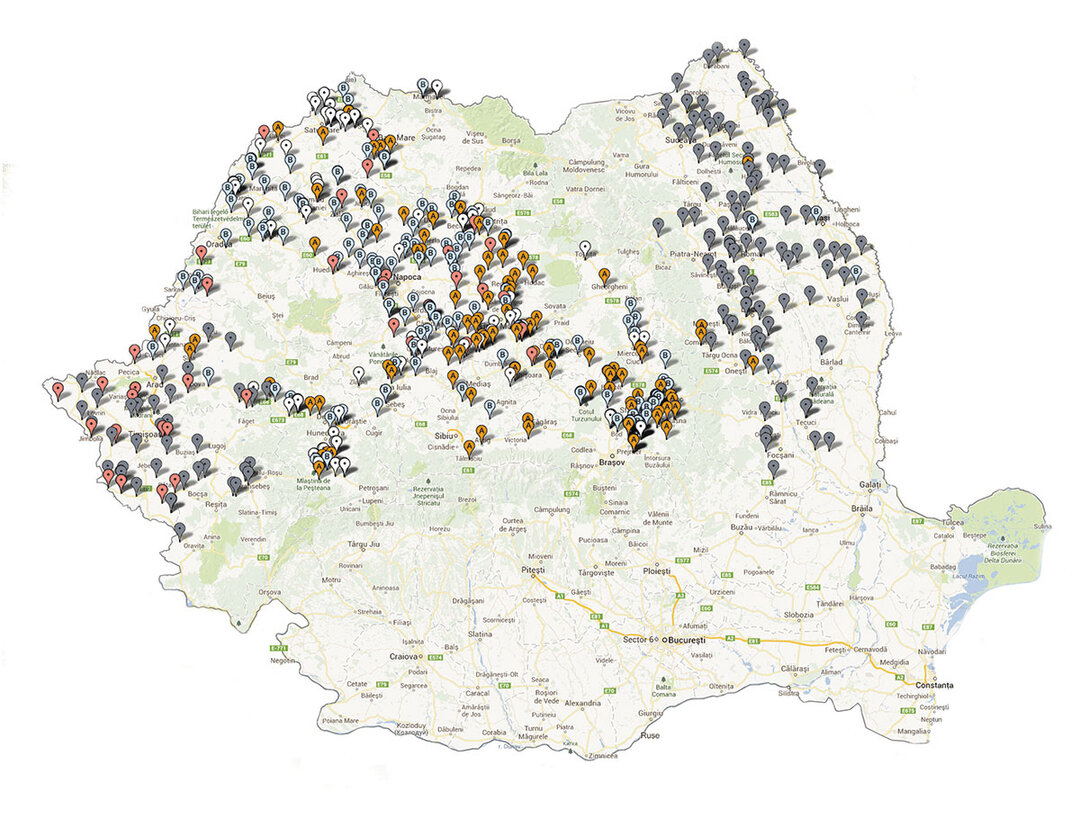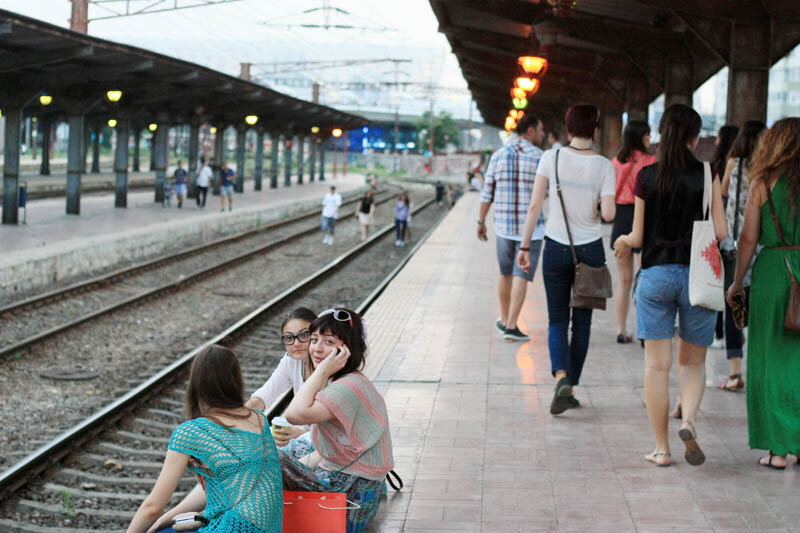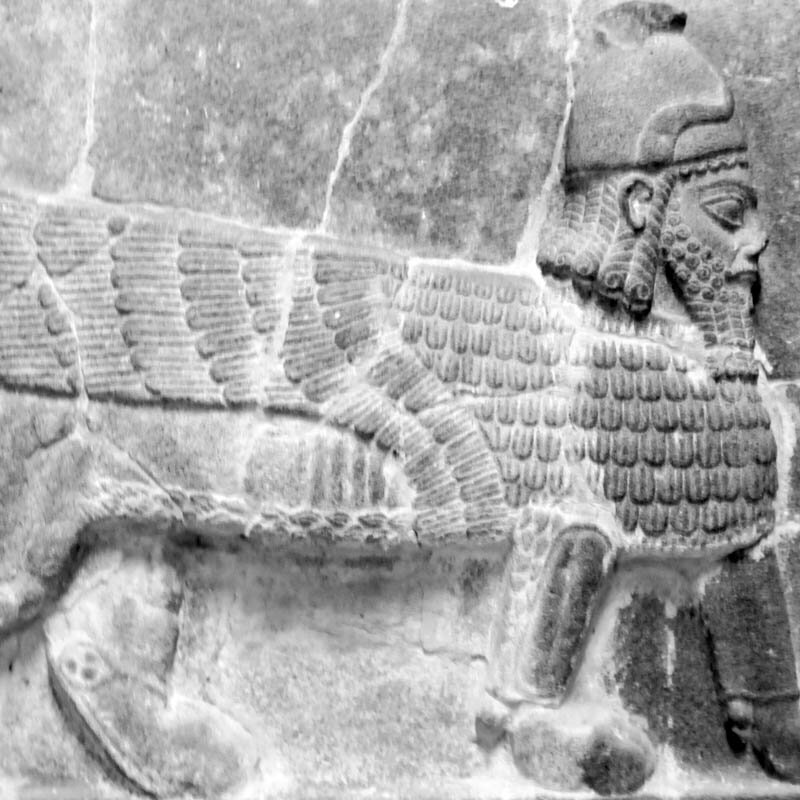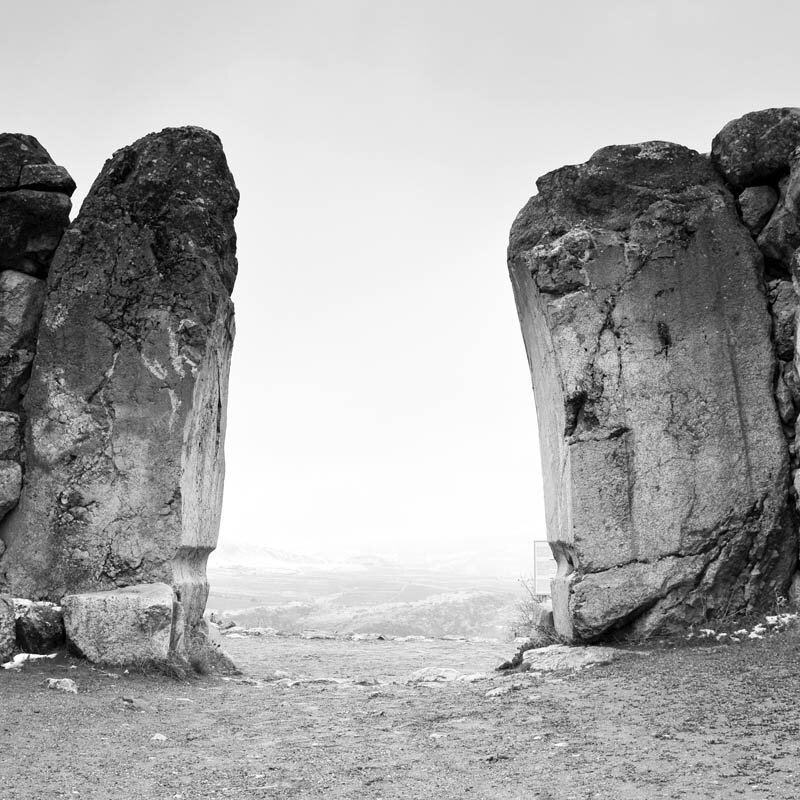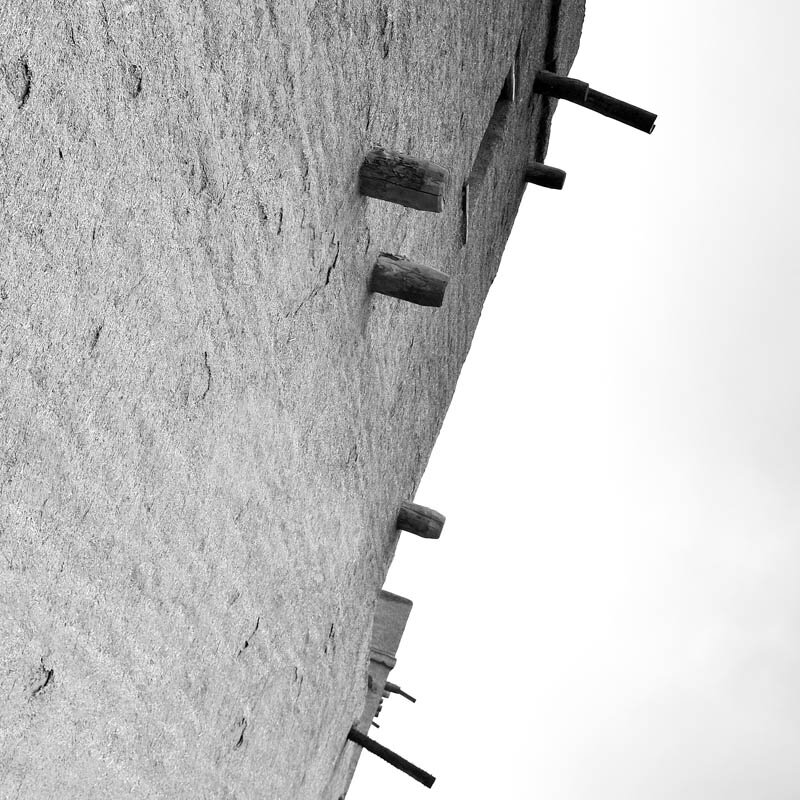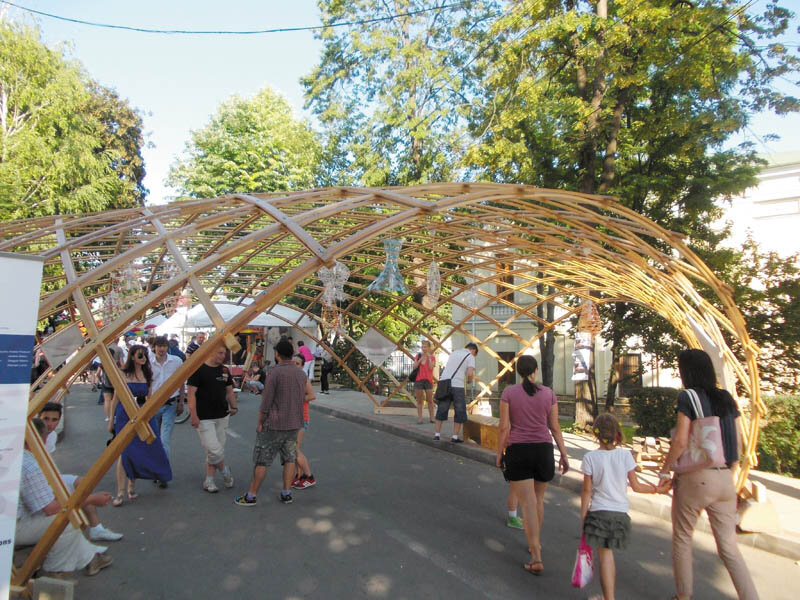
Through the mist of Anatolia - Hattusa & Yazilikaya
I don't keep a travel journal... often I remember... the images overlap haphazardly in a cinematic sequentiality. There are places that impress you and invariably mark you contextually... Hattusa is one of them. The things that I imagine, the settings that I still construct fictitiously transpose the world of childhood stories, of cities lost in the mists of time in the time of empires whose kings fought endless battles for supremacy...
March 08, 2010, 14.30 p.m.
The Museum of Anatolian Civilization in Ankara, an impressive collection of artifacts deftly excavated from sites belonging to a lost civilization in the heart of Anatolia. Zoomorphic figures, fantastic creatures with tiger wings and paws, winged creatures, bull-horned men, bearded giants, bearded giants, crouching warriors, human-on-human battles and otherworldly displays - a complete bestiary represented in statues, friezes, vases, etc. Two sphinxes, a central panel with a wide photo (indicating the location of the pieces), a non-functional LCD screen (in the same format) tell a story. a story probably related to the technological performance of carved block extraction, a story about people moving places and a later story about those who appreciate it. The (museum) ensemble 'speaks' about tradition, continuity, but above all about identity, about the identity of a place realized through the fragmentary accumulation of specific details. Contextually, within the ensemble of which they were once part, (the fragments) formed a chain of scenes that transposed the memory of a place, sequences that conveyed a message to those who passed through them every day or discovered them by chance. The museum's 'chronological' interweaving transforms the fragments into mere exhibits carefully placed on the souvenir shelves of 'culture-hungry' tourists. The Hittite stones are mute. [...]
I leave behind Ankara with its crowded streets and the infernal hubbub of street hawkers. Two days of wandering in the Anatolian Anatolian plains, in search of fragments that could recompose the idealized image of the Hittite capital. [...]
Read the full text in Arhitectura 4/2013
Photo:
Alexandru Crișan


